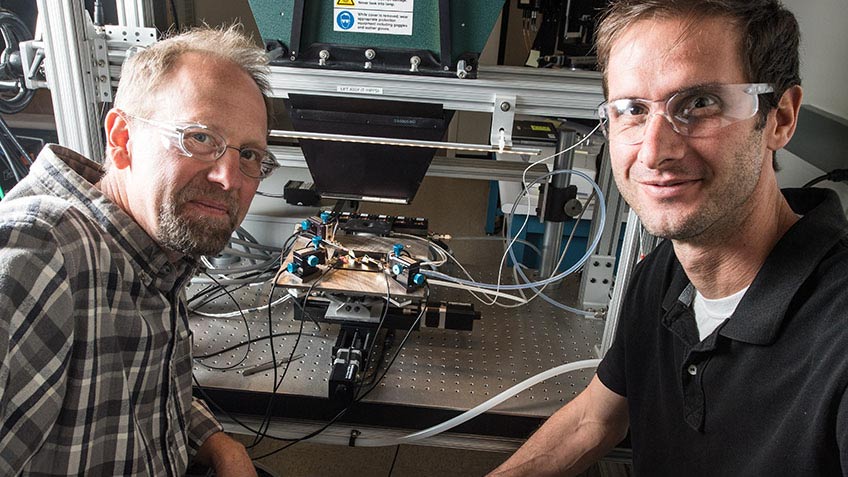Scientists set new solar power efficiency record at almost 50 per cent
Scientists at the National Renewable Energy Laboratory (NREL) in the US have set a new world record solar energy conversion efficiency, producing an innovative solar cell that converts light into electricity with almost 50 per cent efficiency.
The new solar efficiency world record was set by NREL researchers using a “six-junction” solar cell, that used 140 layers of semiconductor materials to achieve a conversion rate of 47.1 per cent.

The new solar cell design now holds the record for solar conversion efficiency for any type of solar photovoltaic design, breaking the previous record set by the Fraunhofer Institute for Solar Energy Systems ISE and Soitec of 46 per cent set back in 2014.
The researchers believe the new technique could provide a pathway for producing solar cells with even higher efficiencies that are ideally suited for use in concentrated solar power devices.
“This device really demonstrates the extraordinary potential of multijunction solar cells,” lead researcher and a principal scientist in the High-Efficiency Crystalline Photovoltaics Group at NREL John Geisz said.
The scientists produced a six-junction solar cell, combining sandwiching multiple layers of materials that were fine-tuned to convert different portions of the light spectrum into electricity.
While the layered solar cell design will almost certainly be cost prohibitive to produce at commercial scale compared to conventional silicon cells, it may find use in more niche applications.
Generally, the super high-efficiency solar cells are limited for use in spacecraft and satellites, where performance, space and weight are a premium.
However, the researchers highlight that cells with such high conversion efficiencies would be ideally used in concentrated solar plants.
“One way to reduce cost is to reduce the required area,” co-author Ryan France said.
“You can do that by using a mirror to capture the light and focus the light down to a point. Then you can get away with a hundredth or even a thousandth of the material, compared to a flat-plate silicon cell.”
“You use a lot less semiconductor material by concentrating the light. An additional advantage is that the efficiency goes up as you concentrate the light.”
The researchers trialled their nearly 50 per cent efficient solar cells with concentrated sunlight, producing the equivalent of 143 suns of solar intensity.
Using unconcentrated light, the six-junction solar cells were able to achieve a conversion efficiency of 39.2 per cent, which was also a new world record.
The researchers were optimistic that producing a solar cell with greater than 50 per cent efficiency would be achievable.
Geisz added that the main barrier to achieving the higher efficiencies was to reduce the impacts of resistive barriers within the solar cells that impede the flow of current.
The new solar cell design has been detailed in a paper published in the journal Nature Energy.
The research follows similar milestones achieved by Australian researchers.
Source : Michael Mazengarb Renew Economy